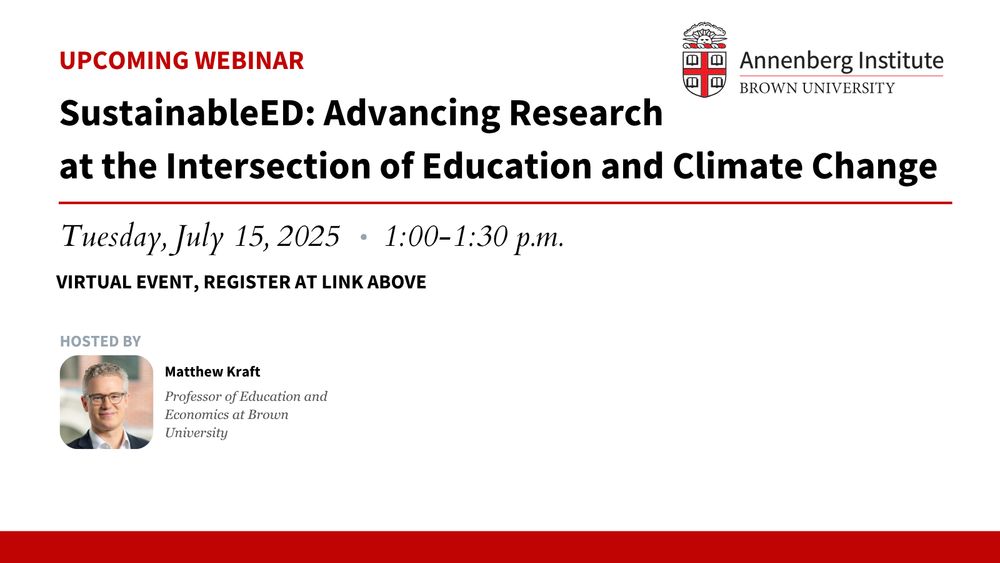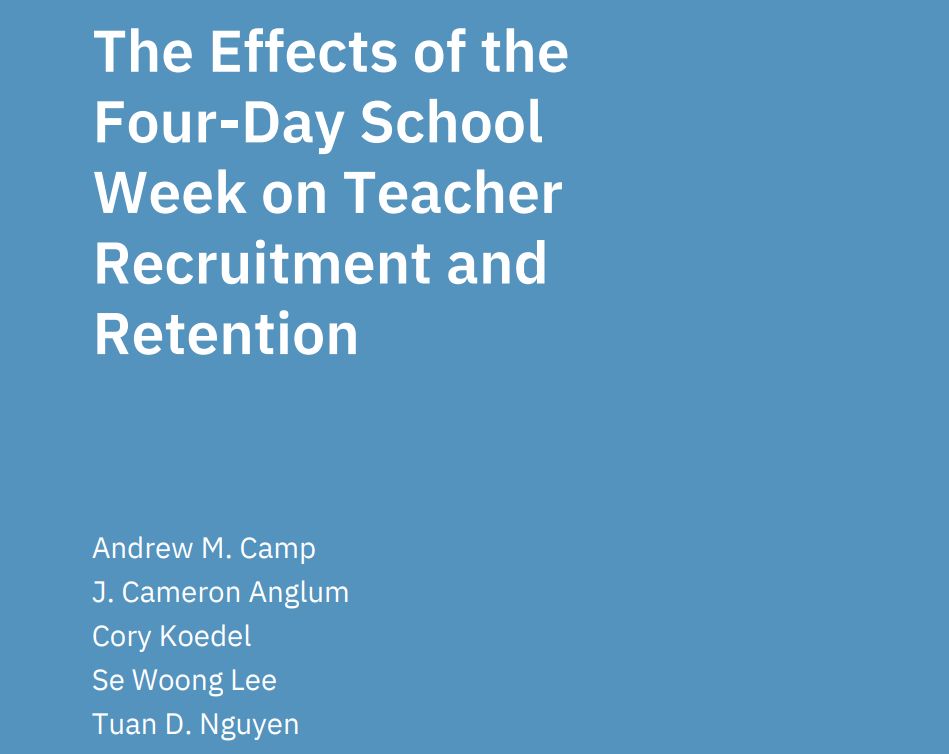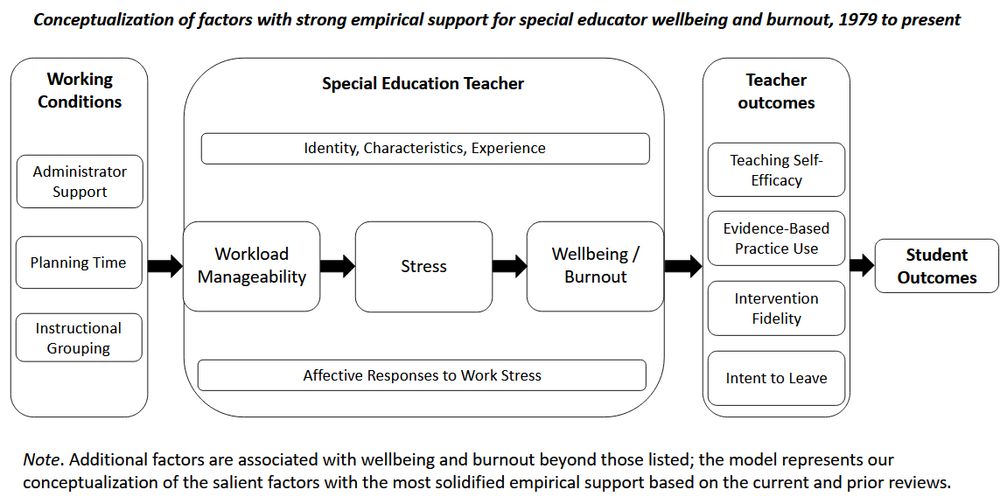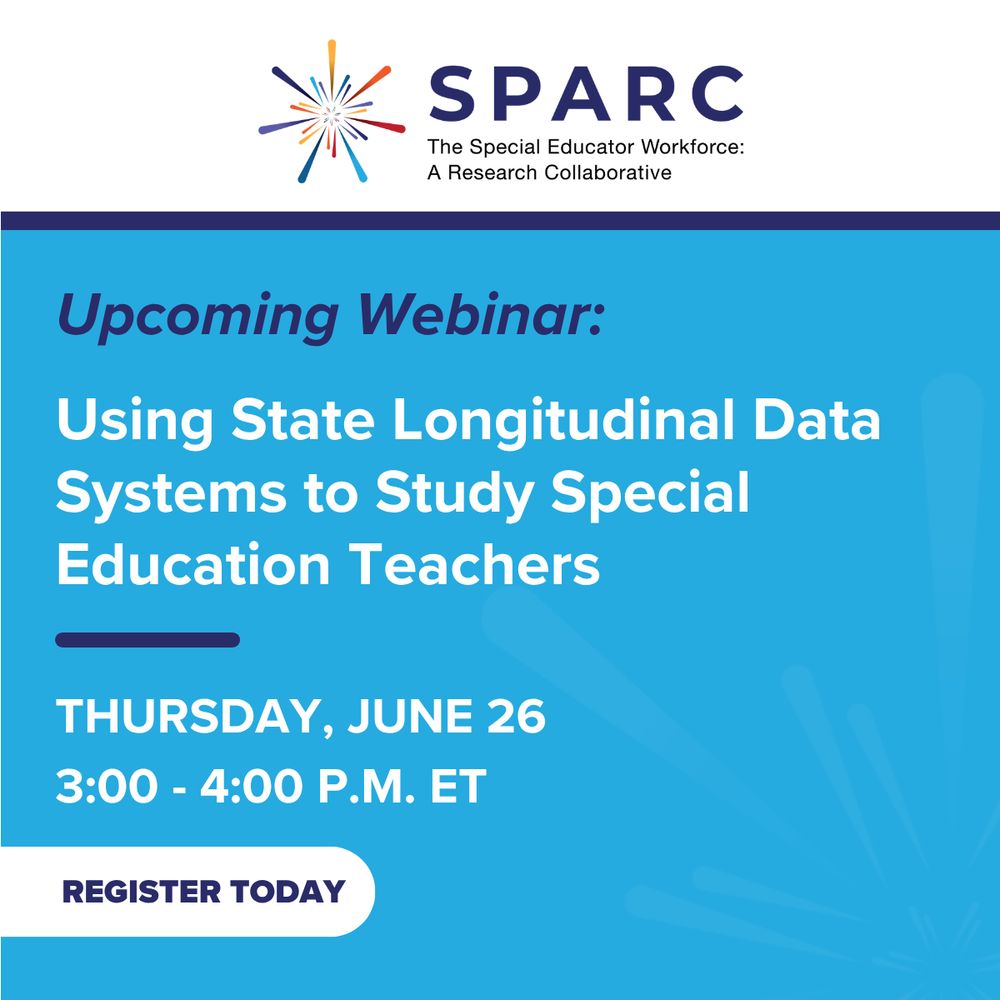Lindsey Kaler
@lindseykaler.bsky.social
130 followers
170 following
18 posts
Postdoctoral Research Associate at Brown University | Ph.D. in Special Education from Boston University | (she/her)
http://lindsey-kaler.com
Posts
Media
Videos
Starter Packs
Pinned
Reposted by Lindsey Kaler
Reposted by Lindsey Kaler
Reposted by Lindsey Kaler
Lindsey Kaler
@lindseykaler.bsky.social
· Jul 22
Lindsey Kaler
@lindseykaler.bsky.social
· Jul 22
Lindsey Kaler
@lindseykaler.bsky.social
· Jul 22
Lindsey Kaler
@lindseykaler.bsky.social
· Jul 22
Lindsey Kaler
@lindseykaler.bsky.social
· Jul 22
Reposted by Lindsey Kaler
Reposted by Lindsey Kaler
Reposted by Lindsey Kaler
Reposted by Lindsey Kaler
Lindsey Kaler
@lindseykaler.bsky.social
· May 20
Lindsey Kaler
@lindseykaler.bsky.social
· May 20
Lindsey Kaler
@lindseykaler.bsky.social
· May 20











